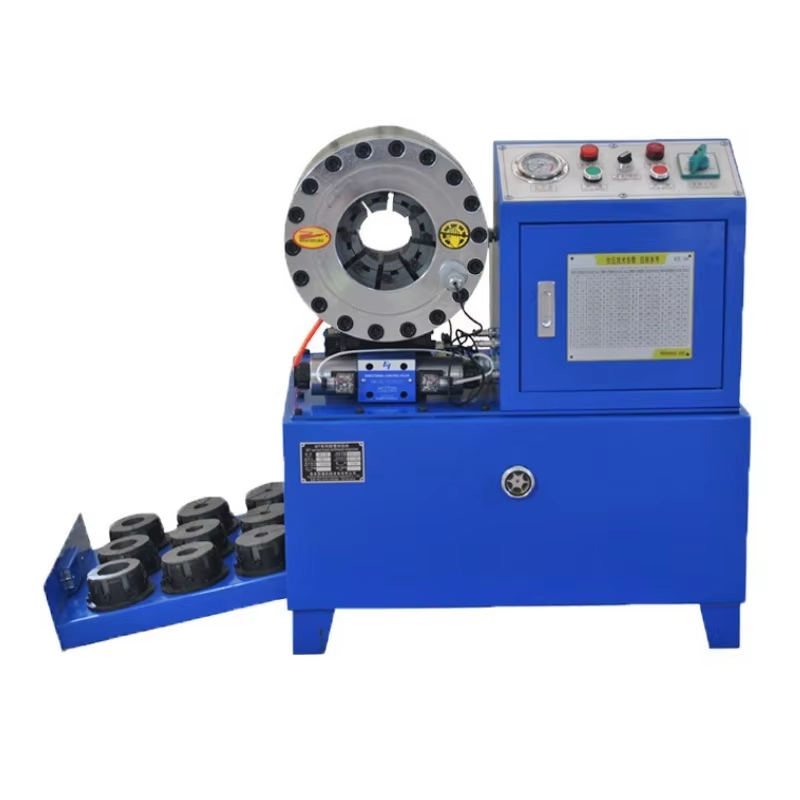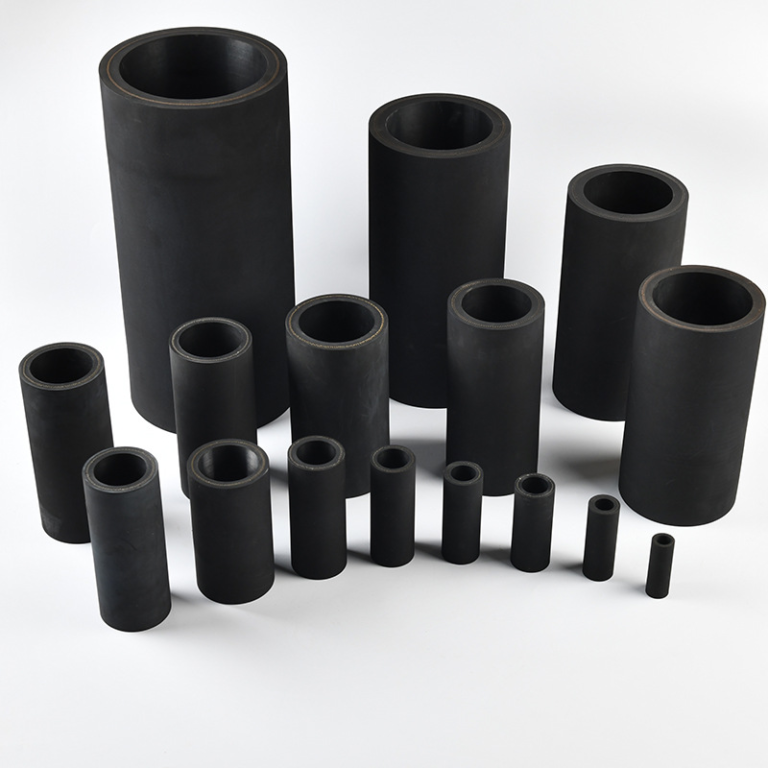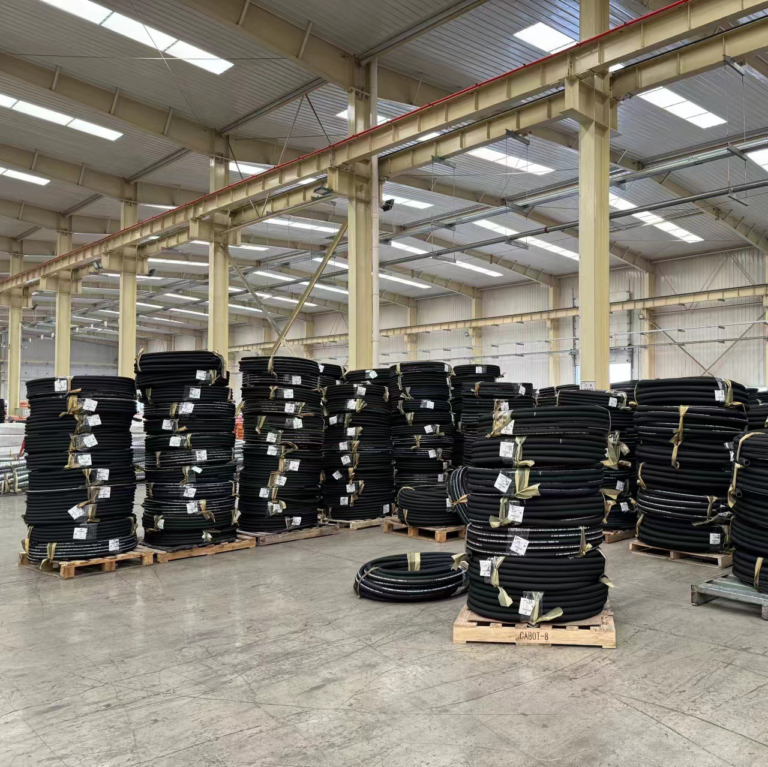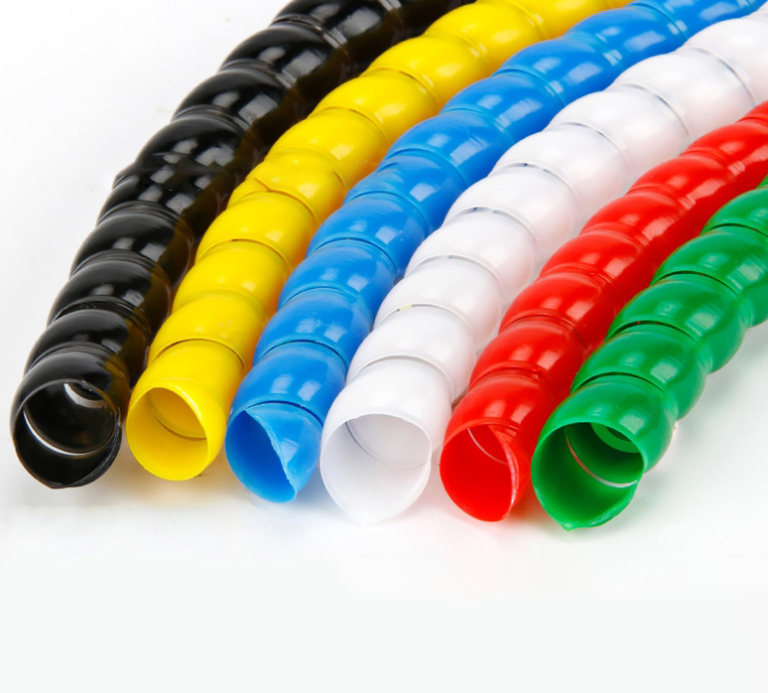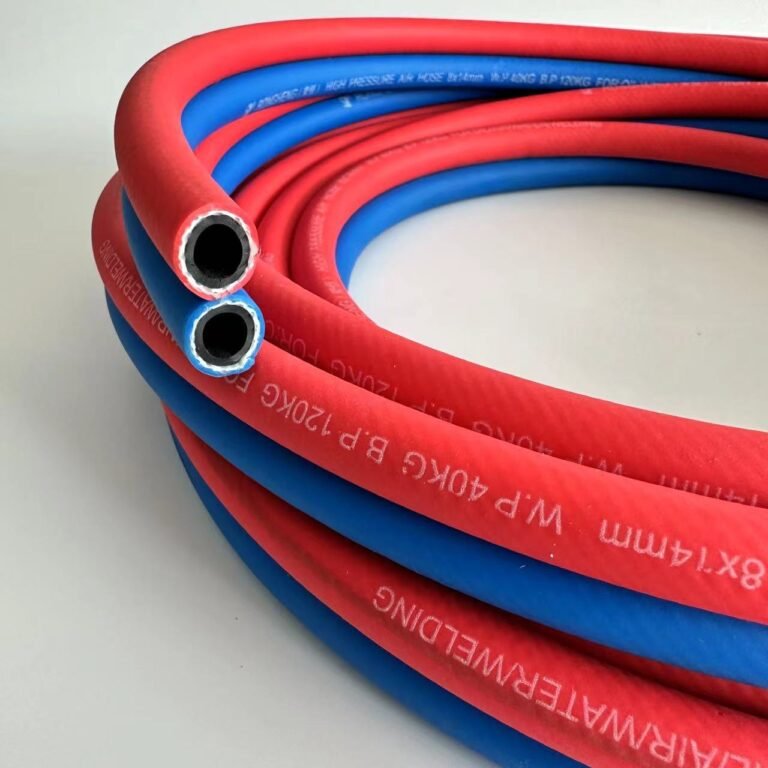Introduction and process specification operation of the press machine.
Brief Introduction:
A crimping machine is a hydraulic device used for crimping pipe fittings. It applies a contraction force to the metal joint through the mold of the crimping machine, firmly crimping the metal joint onto the high-pressure oil pipe for engineering machinery or the brake pipe, oil pipe, air conditioning pipe, and power pipe on the vehicle. The crimping machine is suitable for crimping various mechanical high and low pressure oil pipes, air pipes, water pipes, cable joints, automotive air conditioning pipes, automotive power steering pipes, oil pipes, gasoline supply pipes, as well as building accessories and daily hot water pipes. It is widely used in industries such as vehicles, engineering machinery, hydraulic machinery, welding and cutting equipment.
classification
Rules:
1. Operators must operate according to the process specifications.
2. After the machine stops using, the power must be cut off.
3. When changing molds, be sure to do so after the machine has stopped.
4. The joint surface between the mold seat and the mold should be kept clean and free of hard objects such as metal shavings.
5. Inject lubricating oil onto the inclined surface of the mold seat before starting up.
6. Before installing the module, the positioning screws must be tightened.
7. The pressure regulating valve must be adjusted to the specified pressure.
8. It is strictly prohibited to put hands inside during work.
9. When repairing electrical components, it is necessary to comply with electrical safety regulations
Operation:
1. Add 50kg of 46 # hydraulic oil at once (preferably genuine original oil).
2. Installation of locator: First, insert the locator into the front end of the machine head (note: the locator can be directly inserted into the machine head), and then plug the other end into the corresponding socket on the inside of the electrical control box.
3. Connect the power supply. If you are using a three-phase motor, be careful not to connect it in reverse (from a top view: the motor fan rotates clockwise).
4. After the above processes are completed, the machine can be turned on for pressure testing.
5. The use of a locator: Press in 1mm more every reverse rotation, 0.01mm every forward rotation, and so on. For the same specification of rubber hose and joint, the first metal joint reaches the required pressure without the need to move the locator. Keep pressing the specification until the compressed data is completely consistent. When you complete the pressure test on the first oil pipe, you have already learned it, and the rest is gradually becoming proficient.

